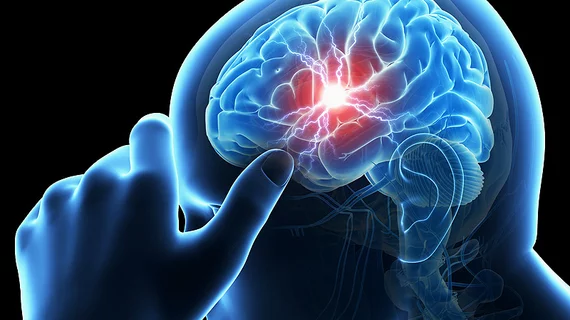LAAO with Watchman device consistently lowers stroke risk after 1 year
Transcatheter left atrial appendage occlusion (LAAO) with the Watchman device by Boston Scientific is associated with a reduced risk of stroke, according to new one-year data presented at ACC.21, the American College of Cardiology’s 70th annual scientific session. This finding was consistent across the board, even among high-risk patients with atrial fibrillation (AFib).
Researchers tracked data from more than 36,000 LAAO procedures performed in the United States from 2016 to 2018. Patients evaluated for this analysis were older—the average age was 76 years old—and faced a higher risk of stroke than those who participated in the original Watchman clinical trials.
Overall, after one year, 1.53% of LAAO patients had suffered an ischemic stroke, 8.52% had died and less than 0.7% had a systemic embolism. That stroke rate, the authors explained, was 77% lower than they predict it would have been if not for the LAAO.
“I was actually a bit surprised by the relatively low event rates because the patients are substantially higher risk than those studied in clinical trials,” lead author Matthew J. Price, MD, director of the cardiac cath lab at Scripps Clinic in La Jolla, California, said in a statement. “However, all-cause mortality, as well as bleeding in the weeks following the procedure, were not infrequent—consistent with the co-morbidities of this patient population. This underscores the need to individualize one’s approach to stroke prevention so that patients reap the clinical benefit of stroke reduction.”
The researchers noted that they already plan on tracking these patients for at least three more years. Also, they see additional opportunities to learn more about how LAAO procedures can assist clinicians and boost patient care.
“By providing more data, I think this study continues to support LAAO in patients who are not suitable for long-term oral anticoagulation,” Price added. “The apparently low ischemic stroke event rates also provide support for ongoing clinical trials for LAAO versus oral anticoagulants in patients who are suitable for long-term oral anticoagulation.”
Additional coverage of ACC.21 and other industry conferences is available here. Click here to read about another key presentation focused on LAAO outcomes.

